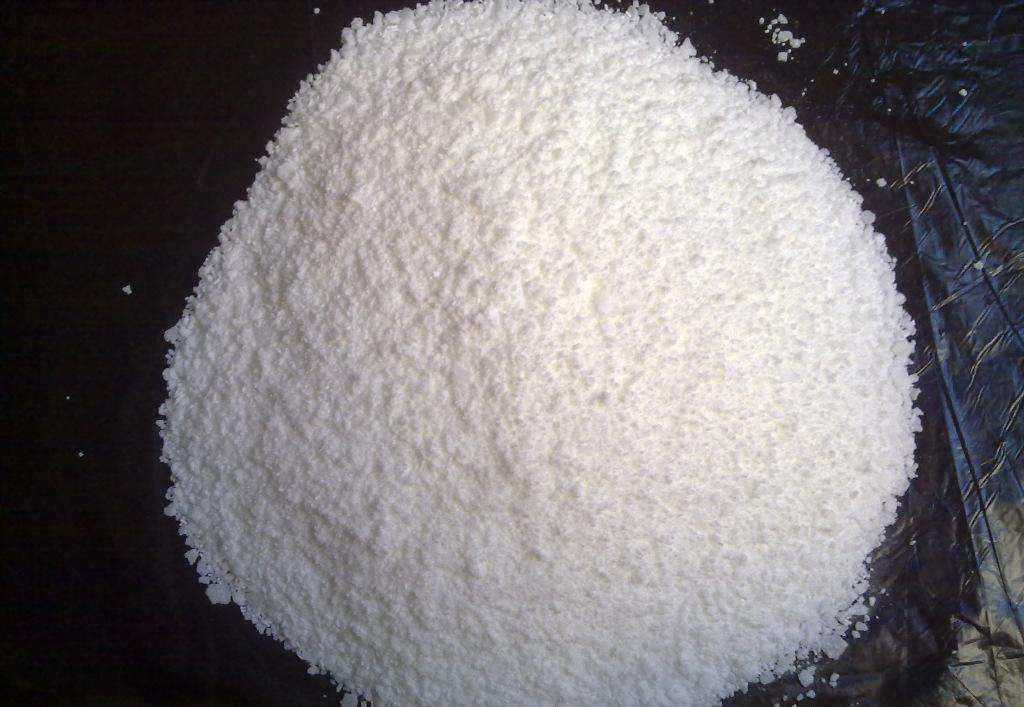Engineers from the University of Sheffield have made a breakthrough in understanding the phenomenon of leaves forming slippery layers on railway tracks, a problem commonly known as ‘black ice’. The research, led by Dr. Joe Lanigan from the Department of Mechanical Engineering, has identified the chemical mechanisms that occur when leaves are crushed between train wheels and the railhead, creating a slick surface that hinders train movement.
This discovery has the potential to lead to more effective solutions for this ongoing issue, which causes significant delays and costs the rail industry millions of pounds annually. Leaves on tracks have long been a source of disruption and chaos for both passengers and rail companies, particularly during the autumn and winter seasons. When leaves are compressed against the tracks, they form a layer that significantly reduces the friction between the train wheels and the rails, akin to black ice on roads.
The research, titled “Pressure induced transformation of biomass to a highly durable, low friction film on steel” and published in the journal Proceedings of the Royal Society A: Mathematical, Physical and Engineering Sciences, focuses on understanding the friction and chemical aspects of leaves on the line. The study reveals that certain chemicals, such as polyphenols (including tannins found in wine and tea), play a crucial role in forming a strong, thin film on the surfaces of train wheels and rails. Under high pressures and heat, this film contains compounds that adhere to the metal surface of the railhead.
This newfound understanding of the composition of the leaf-derived layer can guide the development of innovative solutions to tackle this issue. The study suggests exploring remediation efforts that target phenolic compounds, such as enzymatic digestion or using advanced cleaning agents that effectively dissolve aromatic species. By using cleaning agents to restore friction levels to safe levels, the operational performance and safety of rail transport can be enhanced for both passengers and operators.
Dr. Joe Lanigan, one of the researchers involved in the study, explains that the purpose of the research was to understand how tree leaves transform into the low friction black layer that poses a challenge for railways. The University of York’s biology team analyzed the leaves from a biological perspective, while the team at the University of Sheffield examined the friction and other surface effects.
The next phase of the research aims to utilize enzymes to digest leaves on railway infrastructure as a green alternative to current solutions, which are energy-intensive or involve tree removal. The findings from this study will inform the development and testing of enzymes that can break down the leaf-derived black layer and its low adhesion films.
This breakthrough offers hope for the mitigation of ‘black ice’ on railway lines, reducing delays and improving the overall reliability and safety of rail travel.
Note:
1. Source: Coherent Market Insights, Public sources, Desk research
2. We have leveraged AI tools to mine information and compile it



